I adore the Nordic countries. I love their cleanliness, their organization, their sustainability, their landscapes, their squares with colorful buildings and at the same time their ultra-modern architecture. I have always greatly admired their functionality. But in my own puzzle of travels through Northern Europe, I was missing a single piece, Copenhagen, and I have to say that it exceeded my expectations.
We arrived by train from Hamburg to the København H station, which I found quite nice, very different from most European stations. Built in 1911 (it is the third, since there was a first station in 1847, then a second one in 1864), by the architect Heinrich Wenck in a nationalist romantic style.
Although I recommend staying close to the main tourist spots, we stayed in the Nordhavn area, which was a bit further away (although very well connected by public transport), but super nice, because it used to be an industrial area, facing the sea, which was converted into a sustainable urban area, very modern and totally Scandinavian in style. Rather a neighborhood for young families than tourists.
By the way, public transport is also first class. The stations reminded me of the train stations at airports that connect to the terminals. They were all clean, modern, with screens indicating the times of each train. Very easy to use, with elevators and escalators in all the ones we traveled through, since we did all our trips by foot and public transport. I also highly recommend, if you can, to sit in front because you will see the whole journey through the window (although it is the children’s favorite spot).
What to see in Copenhagen?
Now, getting into the tourist attractions, I will try to summarize what I consider unmissable (or what we managed to visit, because I liked everything).
Christiania in Christianshavn
One of the most peculiar areas of Copenhagen is undoubtedly “Freetown Christiania”. In 1971, young families invaded this land that belonged to an abandoned military barracks. Although the government tried to get them out, they couldn’t, so they were left to stay and manage themselves, as a social experiment.
Christiania is, so to speak, independent. A place that has stopped in time, where there are no cars, it is like a hippie community. In fact, you are not allowed to take photos, except in the places they tell you, like for example in one of their art galleries where they sell beautiful works. During the day, it was full of tourists (apart from that they had a music festival), but it is also known for drug dealing, especially on Pusher Street, so its residents have been fighting against the criminal groups there for years. I didn’t find the area unsafe and it is totally worth visiting.
Denmark through its palaces
We visited three palaces: Christiansborg Palace, Rosenberg Castle and Amalienborg Palace. If you can, if you have the time and energy to see all three and if they coincide with the opening hours during your trip, I recommend visiting them in that same order, as they will take you through the history of the Danish monarchy and Denmark from the 14th century to the present day. At the first one, you can climb the tower for free, for panoramic views; personally, I think we could have saved ourselves the time that we spent in line, but at least we know now.
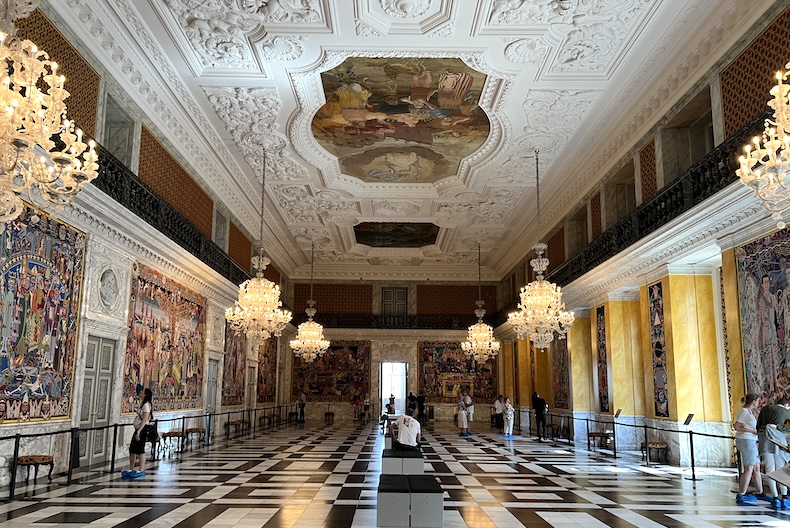
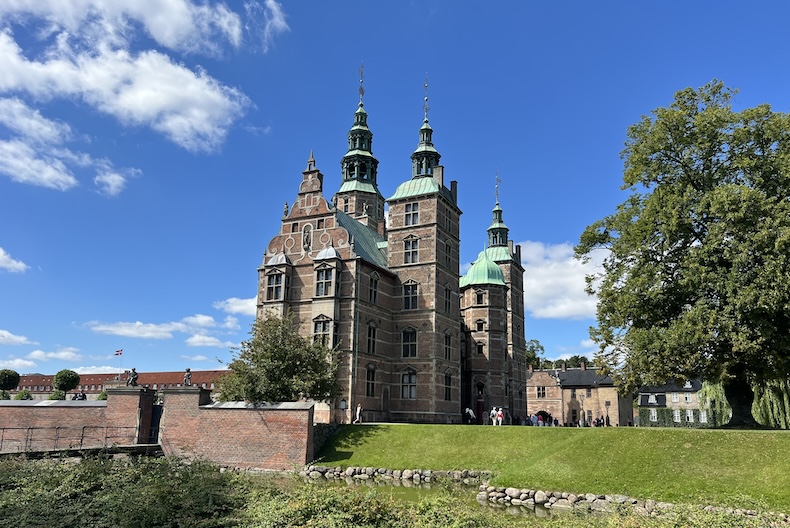
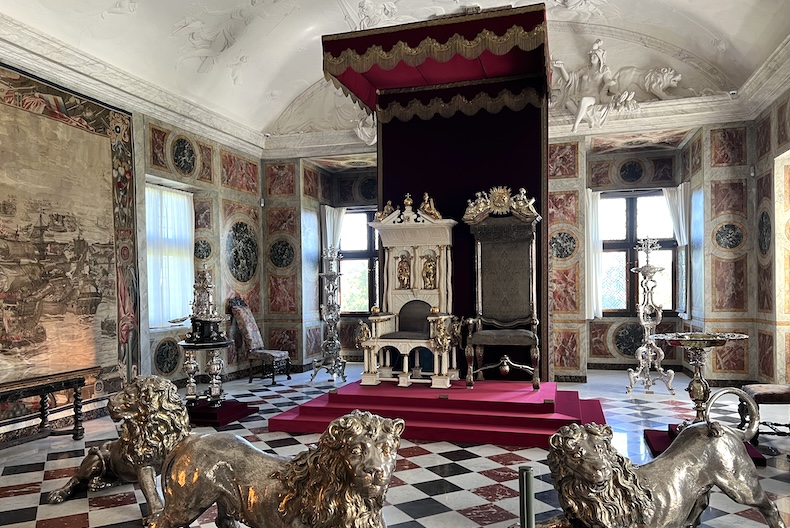
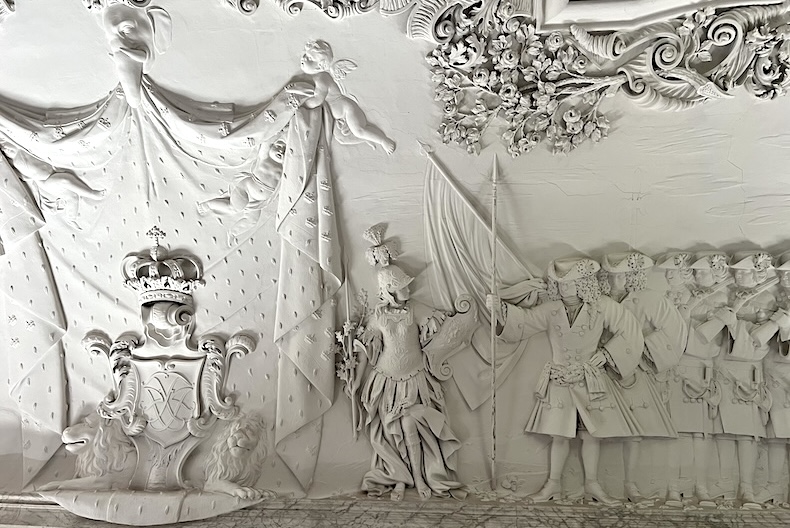
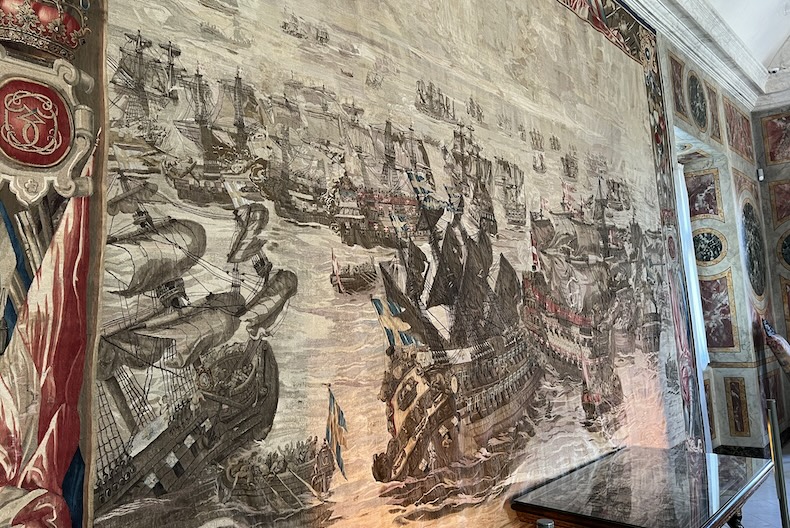
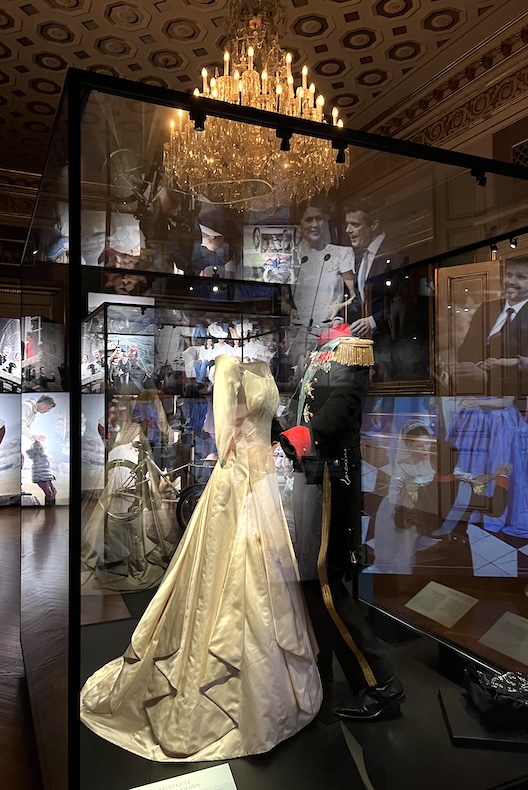
Between Rosenberg Castle and Amalienborg Palace lies the Rococo Marble Church (Marmorkirken), which is not actually made of marble, although that was the original plan. King Frederik V commissioned the work, which began in 1749, but remained unfinished for decades until the end of the 19th century, when the Ministry of Finance gave up the church and the square on the condition that the work be completed. And so it was, except that the material was replaced with limestone. It was finally inaugurated in 1894.
Nyhavn
When you think of Copenhagen, the first thing that surely comes to mind is the famous image of old colorful houses facing the canal, with docked boats. I can assure you that it is just as beautiful or even more than in the pictures. It is not very long, but we spent quite a while there taking photos, because I promise you that you get a postcard-worthy image from every corner (oh, what an old phrase, right? Well, let’s better call it a perfect Instagram photo). By the way, the writer Hans Christian Andersen lived at number 20.
Where to walk…
The city is a great place to walk as much as you can, for example along the promenade facing the water, Larsens Plads, from where you can see the Opera House building designed by architect Henning Larsen on the other side of the Hønsebroløbet canal. Ofelia Plads is another public space located next to the Royal Danish Playhouse. And obviously you can’t leave out of your tour the Rådhuspladsen square, where the Københavns Rådhus or City Hall is located, one of the tallest buildings in the city.
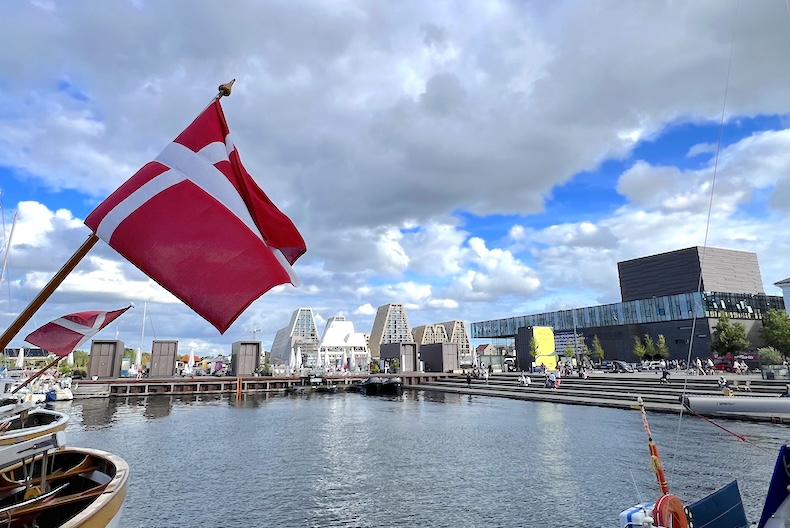
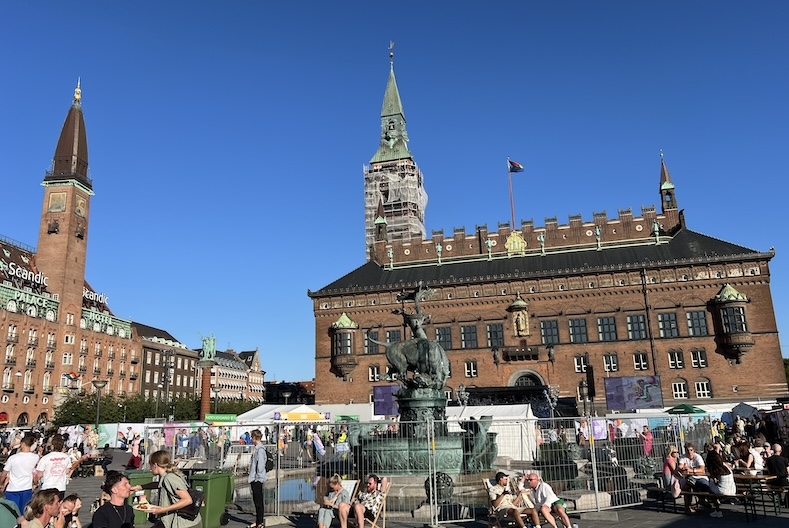
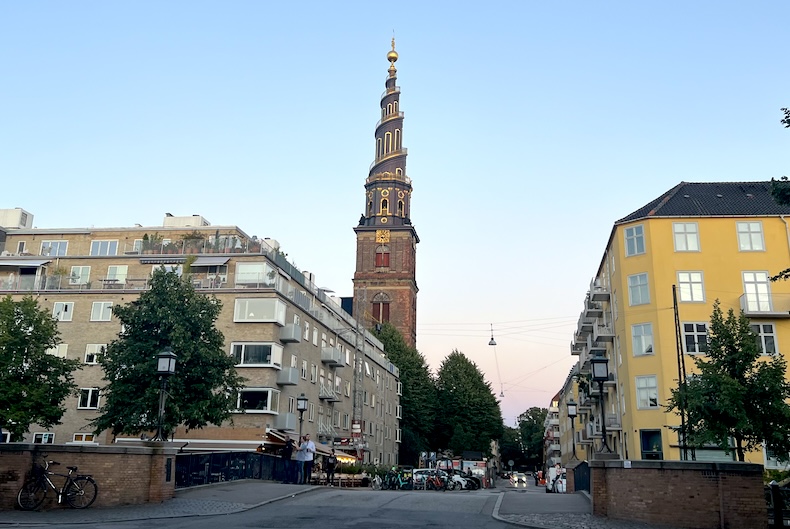
There are also shopping streets like Strøget, the longest in Europe, which crosses with Købmagergade, a street that I found even prettier, with its luxury shops and where the Rundetårn is located, a round tower from the 17th century, which served as an astronomical observatory, university library and church. Nowadays, you can climb to the top.
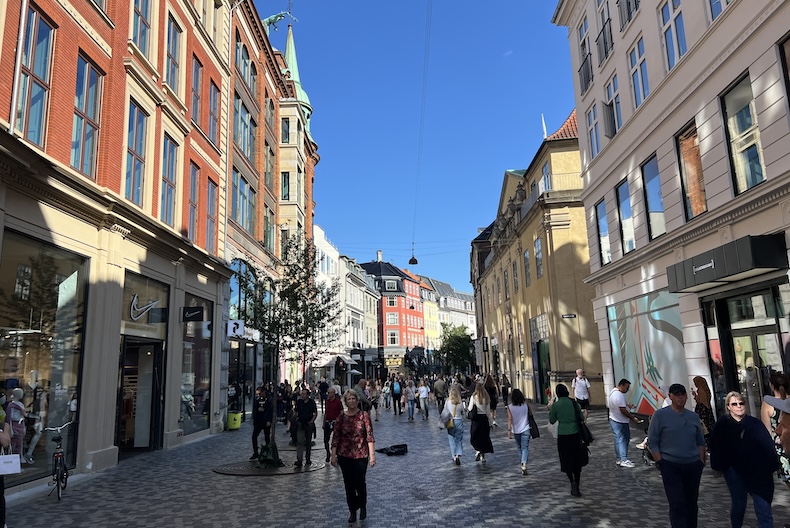
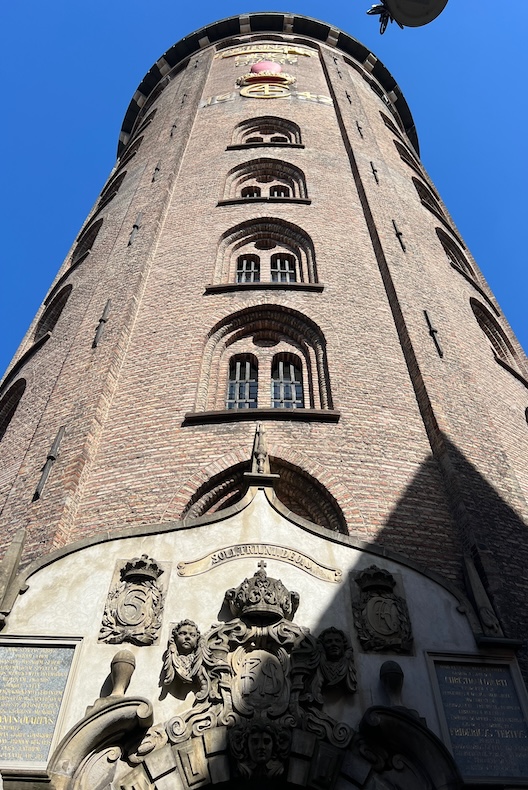
National Museum of Denmark
Well, the museum itself is very interesting, especially to learn about the history of the country and its Viking past, which I was so keen in learning about. But I imagined it to be more modern and interactive, and the way they have designed the tour with the audio guide seemed a bit disorganized.
Tivoli Gardens, yes or no?
If you have enough time, I do recommend it. In our case, we had the 72-hour COPENHAGEN CARD, which included the park, so we visited it very quickly, because it is one of the oldest in the world, open since 1843! Some of its rides are quite old. Walt Disney visited in 1955 and was inspired by it for his own park.
And The Little Mermaid?
The Little Mermaid was a gift from Danish brewer Carl Jacobsen to the city of Copenhagen and is inspired by the Hans Christian Andersen tale. It is highly criticized by many, who arrive expecting to see something bigger and only find a small sculpture. I thought it was very pretty and it is an icon of the city that you have to see.
While you are there, don’t miss the Kastellet, which was the Citadel founded by King Christian IV in 1626. The entrance is very pretty, through a park, and if you walk along the upper paths, you will have views of the city and the interior of the fortress itself.
And if you have enough time for a “day trip”, you can visit Malmö, but I will tell you about that in the next post.
Hej hej…
If you want us to design and organize your trip to Europe through our travel agency Tripdreaming, contact me at silvia.lucero@tripdreaming.com. For editorial questions, write to silvia.lucero@latrotamundos.com.

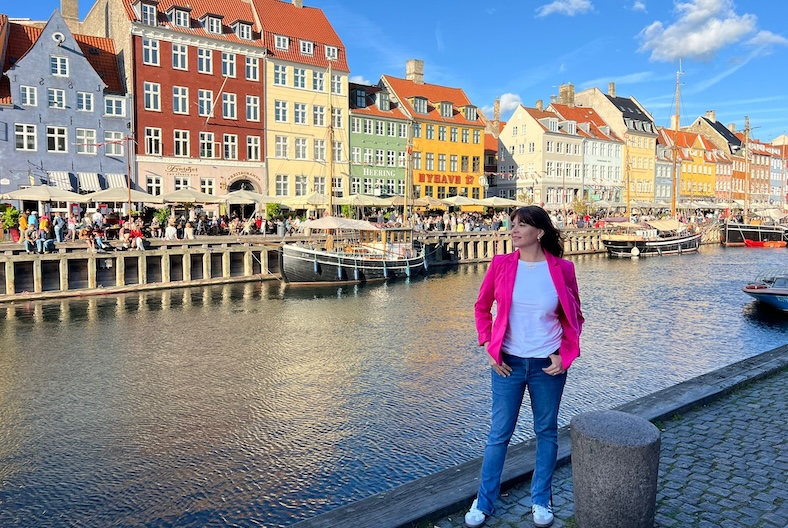
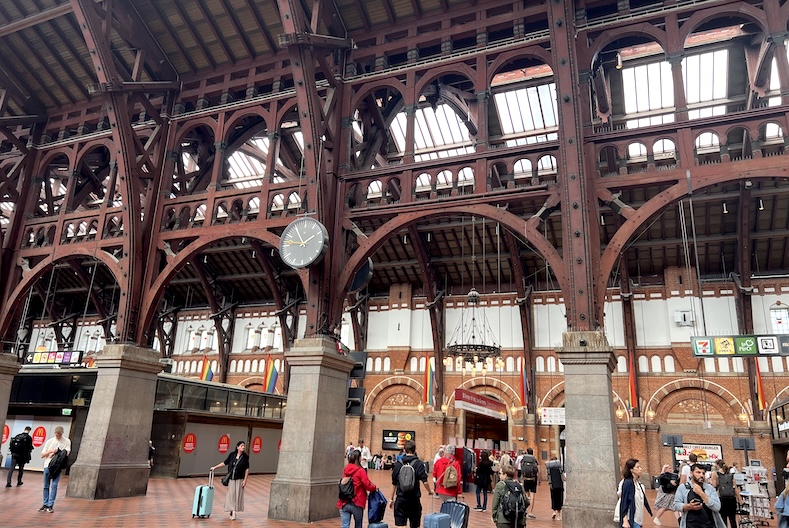
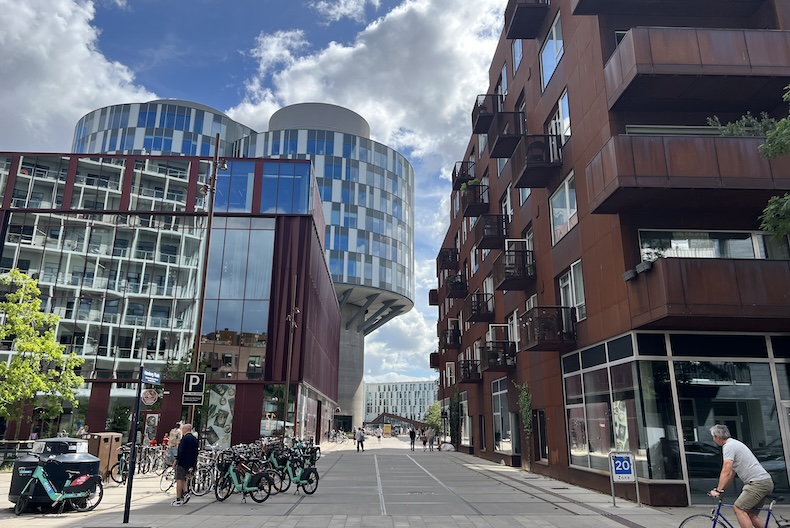
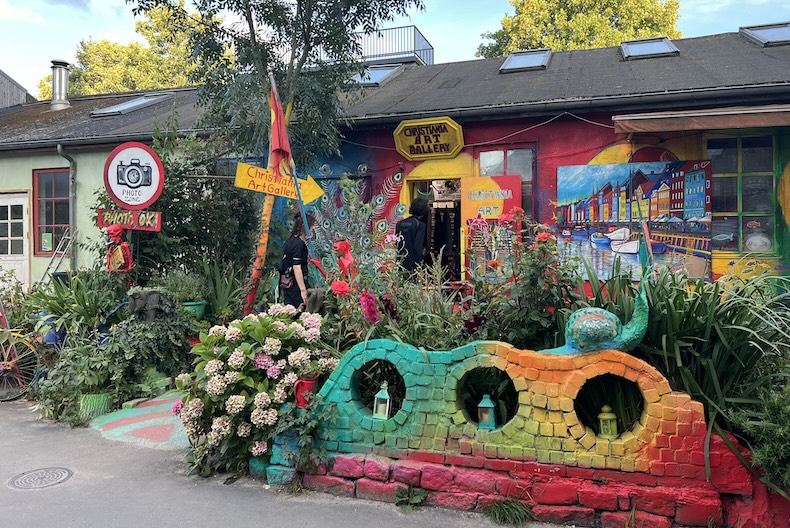
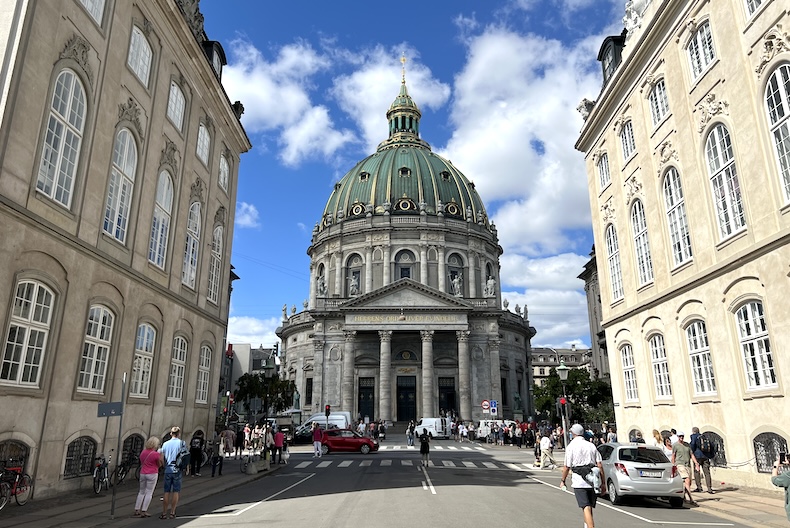
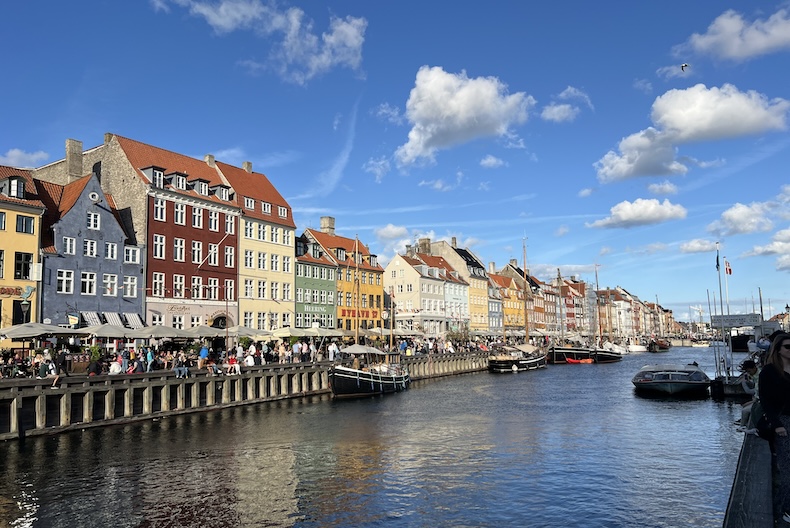
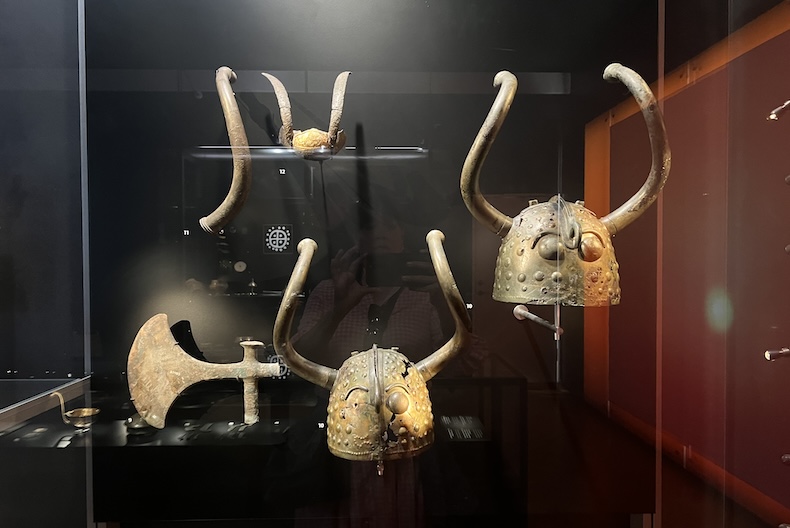
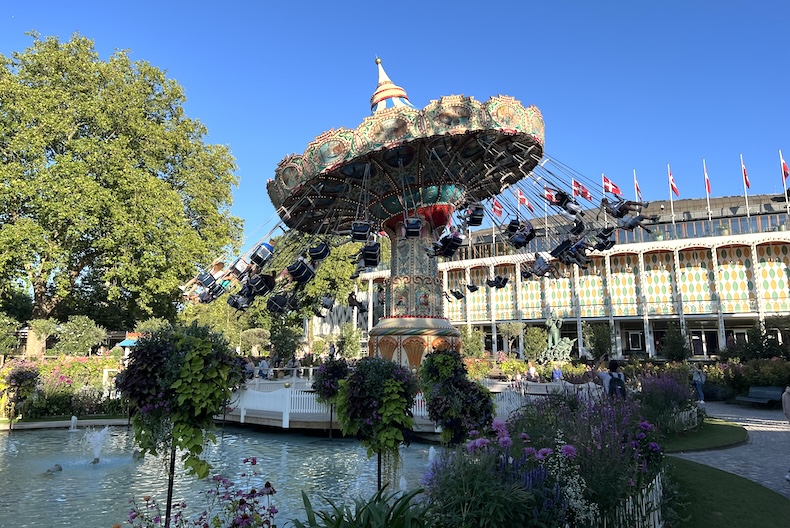
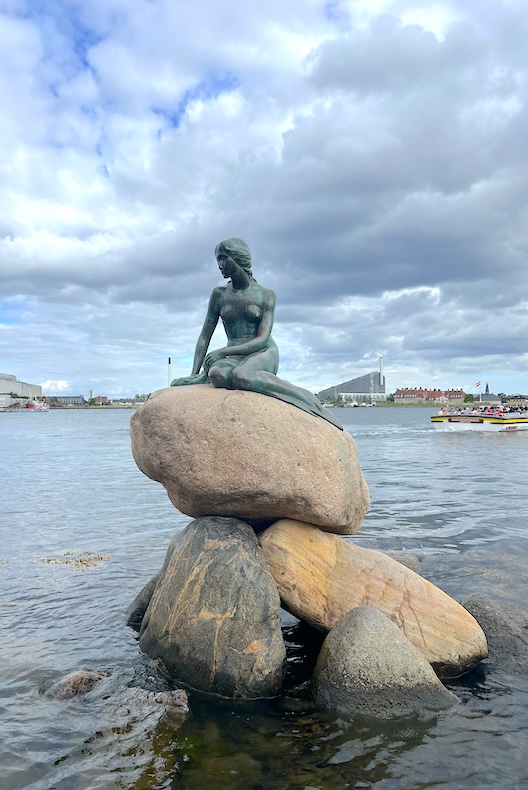
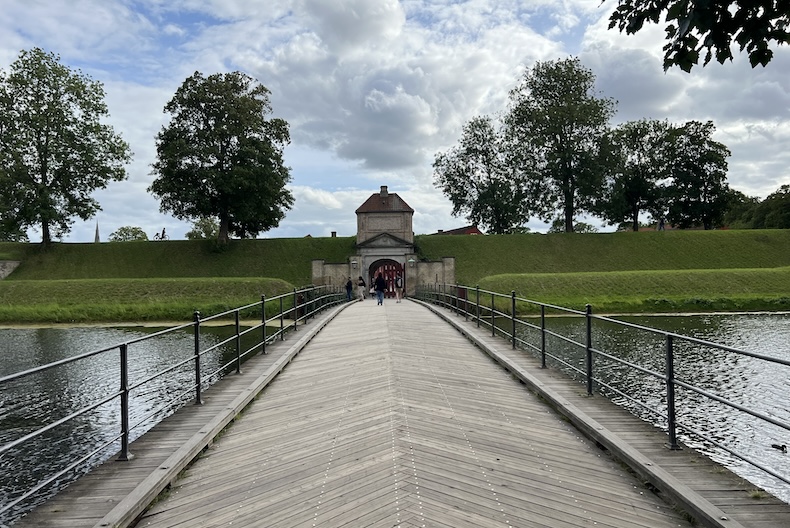
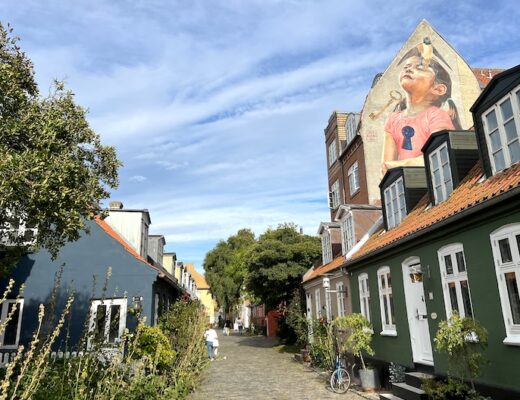
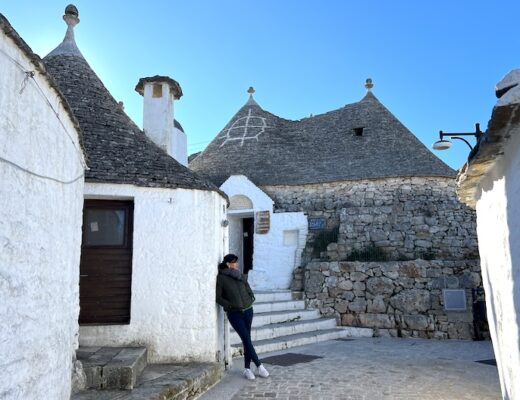
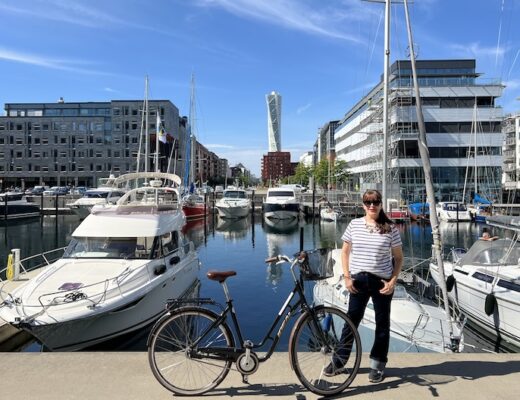

Three ways to enjoy Malmö - La Trotamundos
October 7, 2024 at 5:17 pm[…] find Malmö, Sweden’s third largest city. In the previous article, I told you that we were in Copenhague, so since we were so close by, we decided to take advantage to get to know it, only this time it […]